Does your infant or child cry at the sight of a bottle or a glass of milk? If so, they may have a post traumatic feeding or eating disorder.
Children’s National’s psychiatrist Irene Chatoor, MD, is an expert in childhood feeding disorders. In her book, When Your Child Won’t Eat or Eats Too Much, she explains the basics of how to introduce healthy foods to avoid the development of a childhood feeding problem and also outlines specific feeding problems she has come across in her research.
Post traumatic feeding or eating disorders are behaviors exhibited when an infant relates a painful or frightening experience with eating. This disorder is also known as choking phobia, swallowing phobia and functional dysphagia.
Most of the time, this fear is associated with bottle feedings, but can also be associated with solid food. The fear can be triggered by more than one incident of vomiting, gagging or choking as a result of forceful feeding by a caregiver. Often, toddlers will remember their fear of drinking milk from a bottle and this will transition to a fear of drinking milk from a cup later.
How to help a frightened infant
- First, learn to recognize signs of infant distress, for example, crying at sight of a bottle or bib, when positioned for feeding or when approached with bottle
- Next, help infant overcome their fear slowly:
- Provide positive associations with the feeding position. For example, while in feeding position, rock and sing to the infant
- Let the infant play with the bottle
- Try new feeding devices, like a cup and straw
- Avoid force-feeding
Infants are not the only ones who experience this fear of feedings. Children can experience a fear of eating solid foods. They can become fearful of choking after they have had an experience choking, watched someone else choke or even heard a scary story about someone else choking.
How to help a child with a post traumatic feeding disorder
- If your child refuses to drink any water, take them to the emergency department
- If your child does drink water, encourage them to try milk or a liquid supplement to increase nutrients in their diet. Then gradually try to add soft foods and purees.
- Eating at the table with your child will help them overcome their fear of choking as they watch their parents successfully finish a meal.
If your child is unable to overcome their feeding fears, professional help may be necessary.
 https://riseandshine.childrensnational.org/wp-content/uploads/2024/12/Healthy-holiday-eating-feature.jpg
300
400
Danielle Robbins
https://riseandshine.childrensnational.org/wp-content/uploads/2017/11/childrens_riseandshine_logo.jpg
Danielle Robbins2024-12-18 12:18:182024-12-30 12:33:39Healthy holiday eating tips for the whole family
https://riseandshine.childrensnational.org/wp-content/uploads/2024/12/Healthy-holiday-eating-feature.jpg
300
400
Danielle Robbins
https://riseandshine.childrensnational.org/wp-content/uploads/2017/11/childrens_riseandshine_logo.jpg
Danielle Robbins2024-12-18 12:18:182024-12-30 12:33:39Healthy holiday eating tips for the whole family



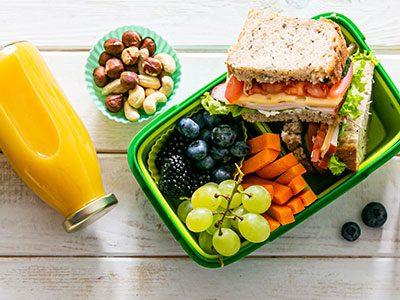



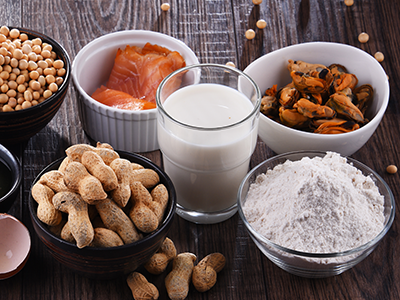
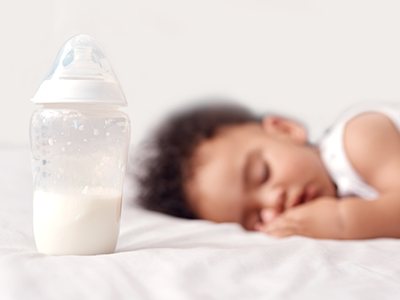

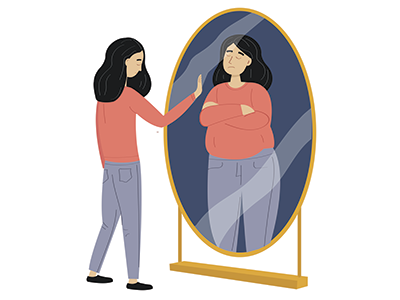



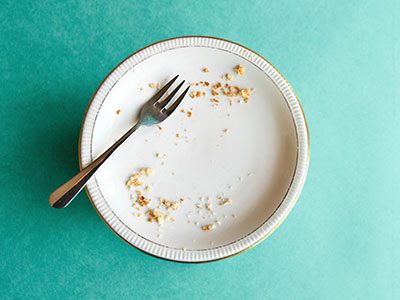
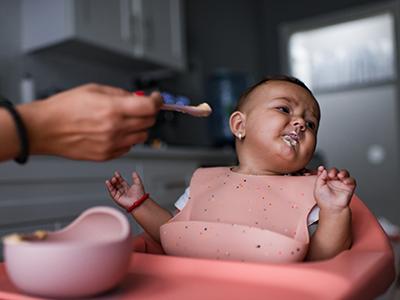
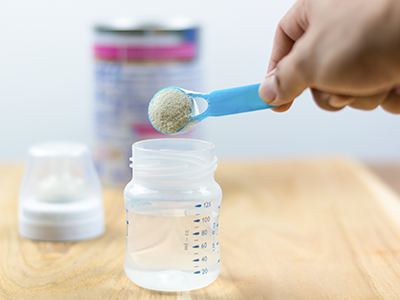
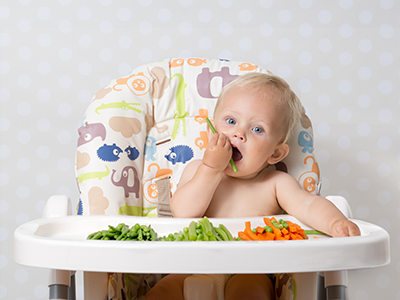

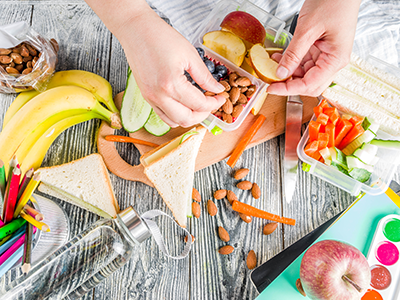
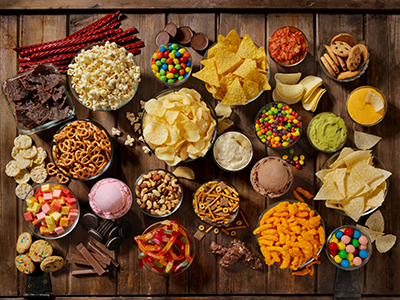
Leave a Comment
Want to join the discussion?Feel free to contribute!